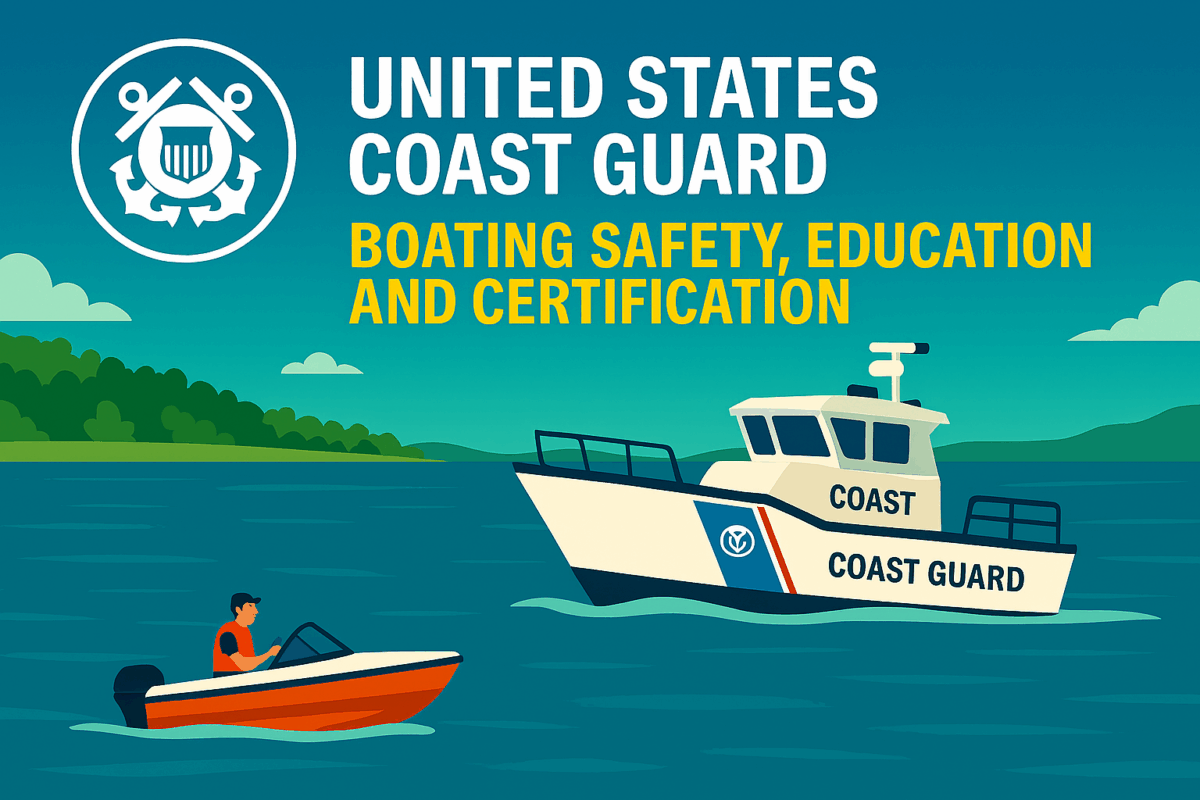Call: 1-800-832-7191

USCG Float Plan
Why Every Boater Should File a USCG Float Plan
USCG Float Plan is a vital safety tool for recreational and professional mariners. Before departure, boaters complete this form and leave it with a trusted contact. Because emergencies can happen unexpectedly, a float plan helps rescuers respond quickly and accurately.
The Coast Guard does not require submission of the plan directly. Instead, boaters should share it with someone who will notify authorities if the vessel fails to return as scheduled.bing
What the Plan Includes
The float plan contains detailed information about the vessel, crew, route, and emergency gear. For example, it lists the boat’s registration number, radio frequencies, and safety equipment. Because accuracy matters, boaters must update the plan if their itinerary changes.bing
It also includes contact details for passengers and crew, along with medical notes and swimming ability. These details help responders tailor their search and rescue efforts. Additionally, the plan outlines propulsion type, fuel capacity, and navigation tools onboard.
Completing the float plan takes only minutes but can save lives in critical situations.
How the Plan Enhances Safety
USCG Float Plan improves situational awareness and response time during emergencies. If a vessel goes missing, the contact person can alert authorities with precise information. Because time is crucial, this reduces delays and increases the chance of a successful rescue.uscg
The Coast Guard recommends float plans for all trips, especially in remote or high-risk areas. Even experienced boaters benefit from this precaution. Moreover, float plans support coordination between local agencies, Coast Guard units, and search teams.
Boaters who use float plans demonstrate responsibility and preparedness. This builds trust among crew members and passengers.
Best Practices for Using a Float Plan
Before departure, review the USCG Float Plan with your crew. Confirm all details and ensure everyone understands the emergency procedures. Because conditions may change, update the plan if your route or schedule shifts.
Choose a reliable contact who knows how to reach the Coast Guard or local authorities. Provide them with instructions and check-in times. If you return safely, notify them immediately to avoid unnecessary search efforts.
Digital versions of the float plan are available online. You can download, fill, and print them for easy use. Staying proactive with safety planning helps protect lives and property.
